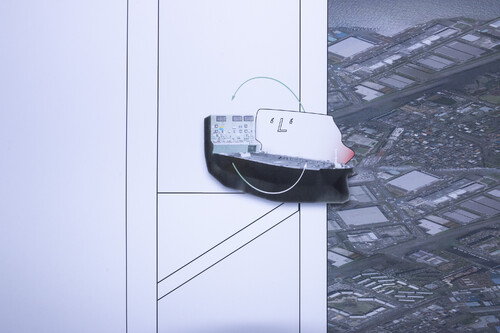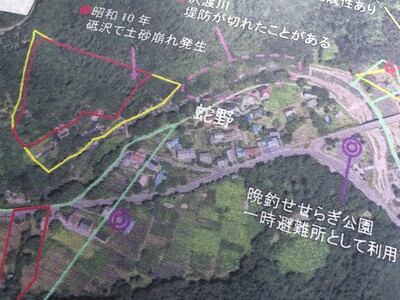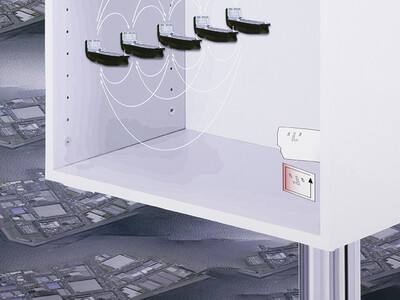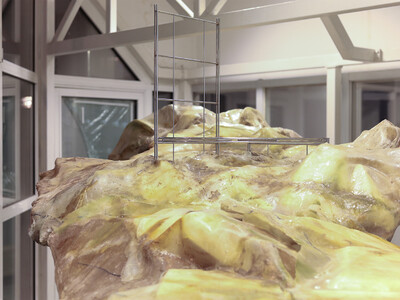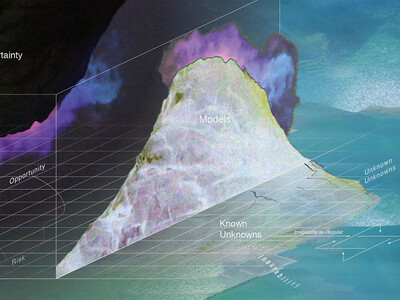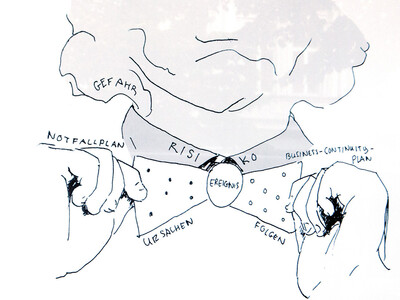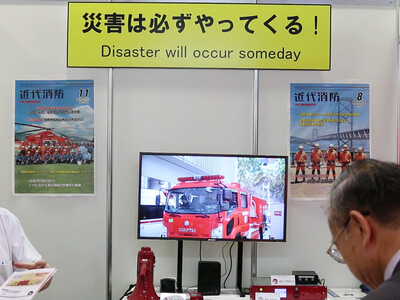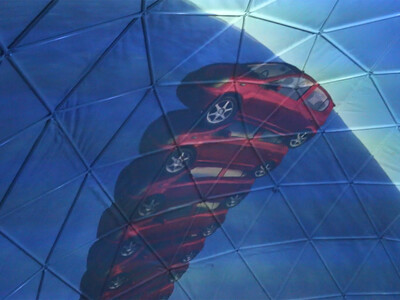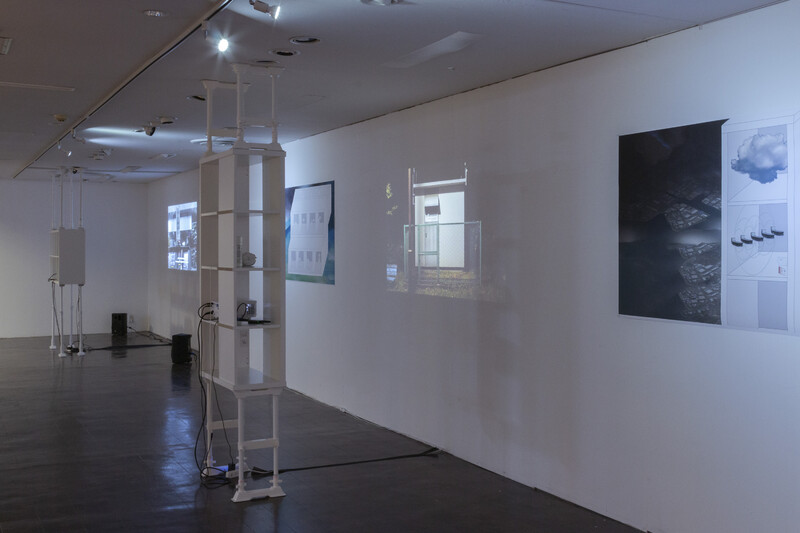
Promethean Leaps is part of ongoing audiovisual research on the utilization of models as means of representing, communicating, commemorating, as well as predicting catastrophic events. Catastrophe models occur as reconstructions of past, exemplifications of present or predictions of future events. They are utilized in museums to impart historical events and—in different shape—by reinsurance companies to conduct risk evaluation of insurance portfolios.
The literal ‘down-turning’ that the term ‘catastrophe’ connotes potentially collapses the established hierarchies of social order and disrupts the flow and operability of production and trade. Yet, it also bears the potential to disrupt and shift a state of inequality. Predictive catastrophe models, used in economics, governance and insurance, however, tend to idealize and thereby stabilize the status quo, on which their predictions are based.
The project poses the question of how these different types of models (the etymological root of ‘model’ being measure) are used to calculate and make measurable the incalculable and immeasurable, implicated by the term ‘catastrophe’. Further, starting from observations in Japan in the years after the Tohoku earthquake, tsunami and the ensuing accident at the Fukushima power plant, the role that catastrophe modeling plays in the context of technical and economical development as well as its impact on the catastrophic side effects of these developments is investigated.
Juxtaposing images and voices compiled from a broad range of sources, including archival materials and recordings taken on site in Japan, Promethean Leaps draws a connection between two instances of risk conception and their respective locations:
- The safety culture concomitant with the gradual establishment of nuclear power technology in post-war Japan that would not suffice to prevent, but rather facilitate, the accident at the Fukushima power plant in March 2011.
- The development of Tokyo Disneyland as a realm of controlled virtual adventure and an intense accumulation of financial risk.
How do these locations’ reconstructed past and modeled virtual catastrophes inscribe themselves into the basis of their calculation, that is the physical world and the biographies of the people inhabiting it? What are potential communal strategies of defying the contingently catastrophic consequences of risk-led governance and economy?
Hazards, latently embedded in the environmental conglomerate of recurring nature phenomena and the quasi-virtual global chains of extraction, production and distribution, might be charted and monetized as risk by the insurance and corresponding catastrophe modeling industries. Yet, the knowledge obtained is largely retained as intellectual property within these companies and is rarely accessible to governments, businesses, or individual households. What has been detected and quantified in actuarial models remains uncertain for those dwelling next to hazardous industrial sites, whose exposure may well be a prerequisite factor in insurance's risk equations.
Reading these models’ visualizations and maps transversely may reveal a community’s individual exposure to hazards that emerge from the entanglements of the infrastructures of trade and industry permeating their surroundings, perturbed by climate change-induced extreme weather events.
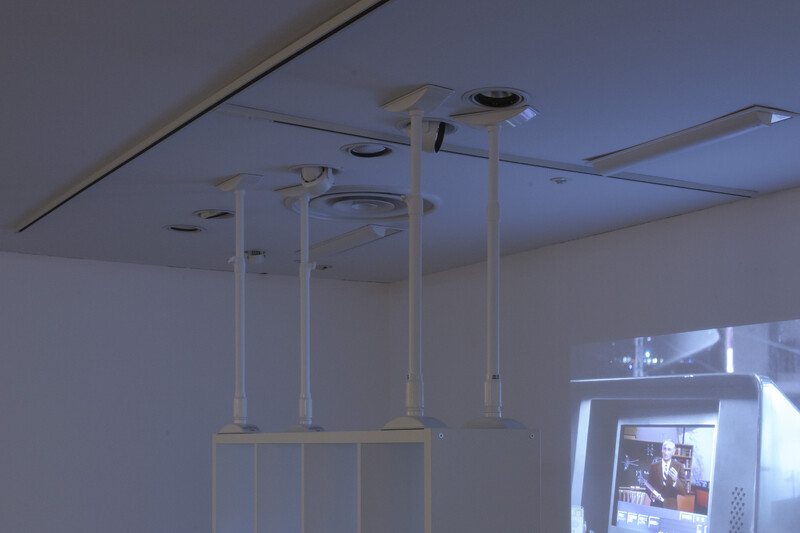
『プロメテウスの飛躍』は、大災害を表現、伝達、追悼、予測する手段としてのモデルの活用に関する現在進行中の視聴覚的研究の一部です。大災害のモデルは、過去の再構築、現在の例証、または将来の出来事の予測として出来上がります。それらは博物館では歴史的な出来事を伝えるために利用され、また別の形では、再保険会社が保険ポートフォリオのリスク評価を行うために利用されています。
「catastrophecatastropheは「大災害」を意味し、語源はkata(下)とstrephein(回す)に由来する。 原義はギリシャ語のkatastrophe(ひっくり返すこと)」という言葉が意味する文字通りの「下降」は、社会秩序の確立された階層を崩壊させ、生産と取引の流れと操作性を混乱させる可能性があります。しかし、それは不平等な状態を破壊し転換させる可能性も孕んでいます。 また一方で、経済学、ガバナンス(統治)、保険で用いられる災害予測モデルは、その予測の根拠となる現状を理想化し、それにより安定化させる傾向があるのです。
本プロジェクトでは、このような異なるタイプのモデル(「model」の語源は「測定」)が、「catastrophe」という言葉の意味する計り知れないものを計算し測定可能にするために、どのように使用されているのかという問題を提起しています。さらに東日本大震災と津波、それに伴う福島原発事故後の数年間にわたる日本での観察から、災害モデリングが技術的・経済的発展の文脈で果たす役割と、これらの発展による壊滅的な副作用への影響について調査しています。
『プロメテウスの飛躍』は、日本での記録資料や録音など、幅広い情報源から集められた画像と声を並置させ、2つのリスク概念の事例とそれぞれの場所とのつながりを描き出します:
- 戦後日本において原子力発電技術が徐々に確立されていく中で、徐々に定着していた安全文化は、2011年3月に起きた福島原発の事故を防ぐどころか、むしろ事故を促進させてしまったことについて。
- 管理された仮想冒険の世界としての東京ディズニーランドの開発と、金融リスクの集中的な集積について。
これらの場所における再構築された過去とモデル化された仮想の大災害は、その計算の基礎である物理的世界とそこに住む人々の伝記にどのように刻み込まれるのでしょうか。リスク主導の統治と経済がもたらす偶発的な破滅的結末に抗うための共同戦略とは一体何なのでしょうか。
繰り返される自然現象や、採掘、生産、流通の準仮想的なグローバルチェーンの環境複合体に潜む危険は、保険業界や対応する災害モデリング産業によって、リスクとして図式化され収益化されるかもしれません。しかし、得られた知識の大半はこれらの企業内で知的財産として保持され、政府、企業、個人がアクセスすることは滅多できません。保険数理モデルで検出され定量化されたものは、危険な工業地帯に隣接して住む人々にとっては不確かなままであり、その暴露は保険のリスク方程式の前提因子となりうる可能性があるのです。
これらのモデルの可視化と図を横断的に読み解くことで、気候変動に起因する異常気象の影響を受け、周囲に張り巡らされた貿易・産業インフラのもつれから生じる危険に地域社会における個々人が晒されていることが明らかになるでしょうtranslation provided by Gallery Turn Another Round.。
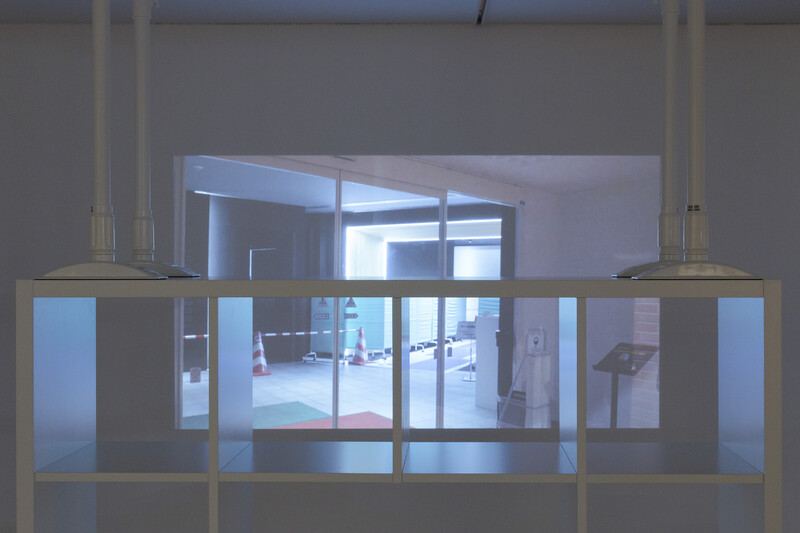

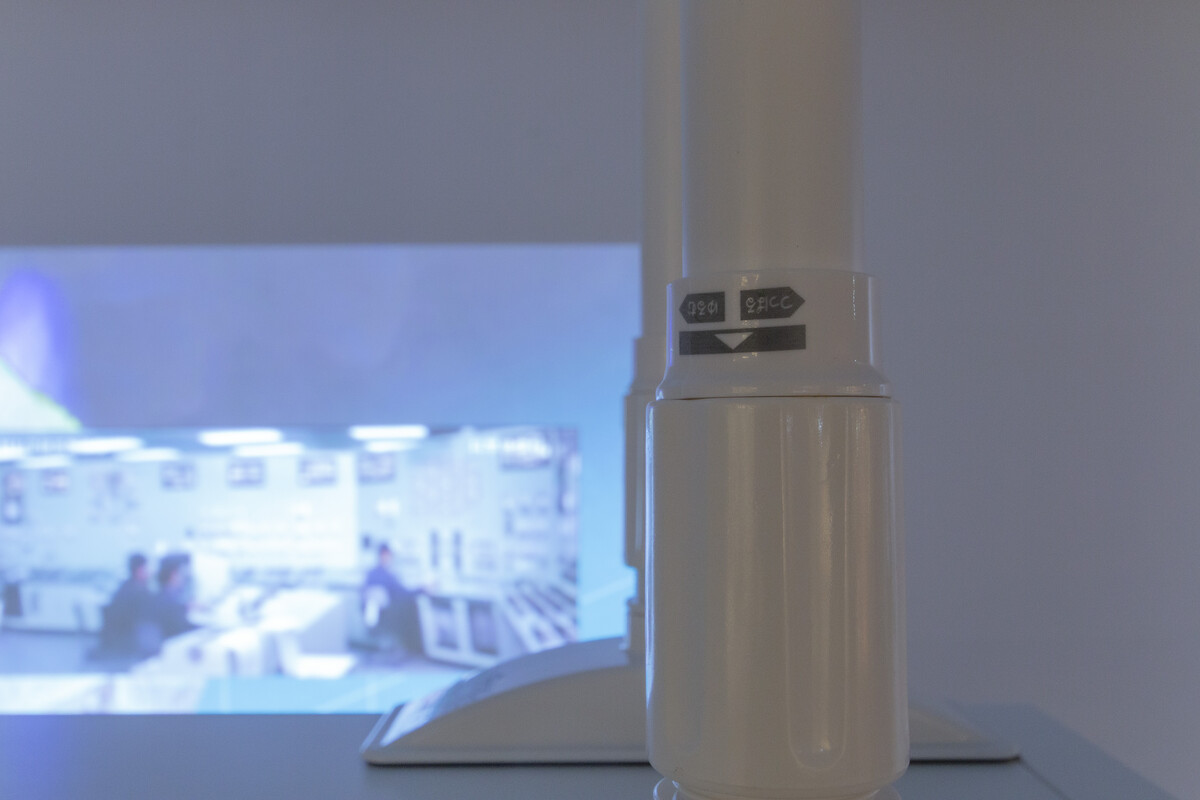

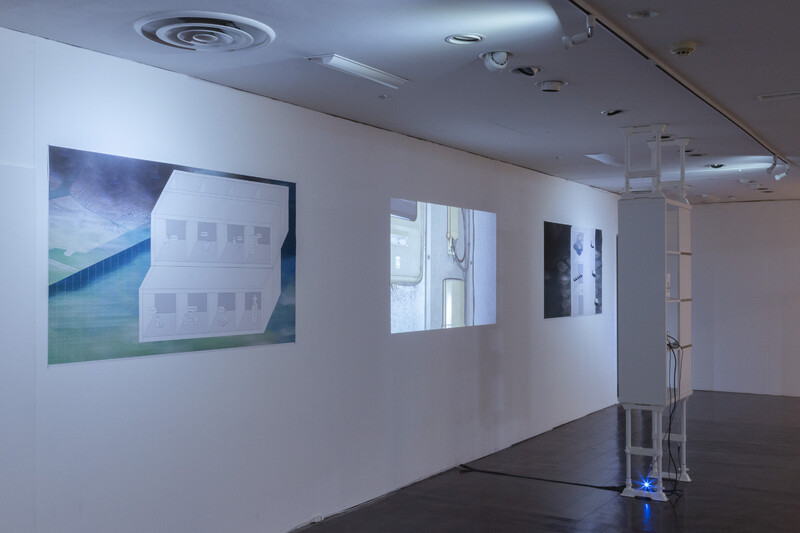
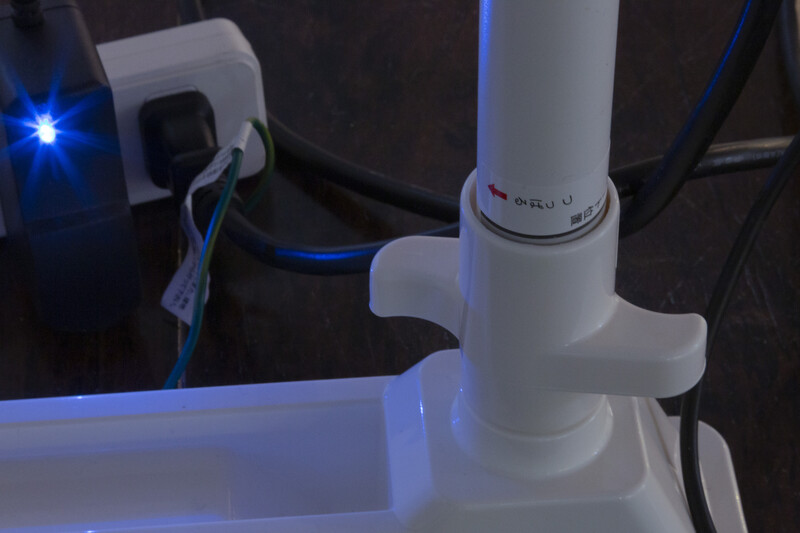
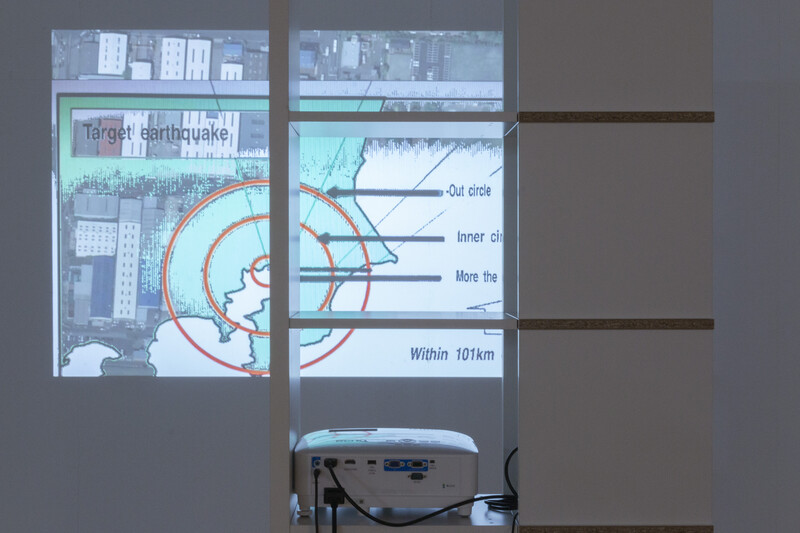
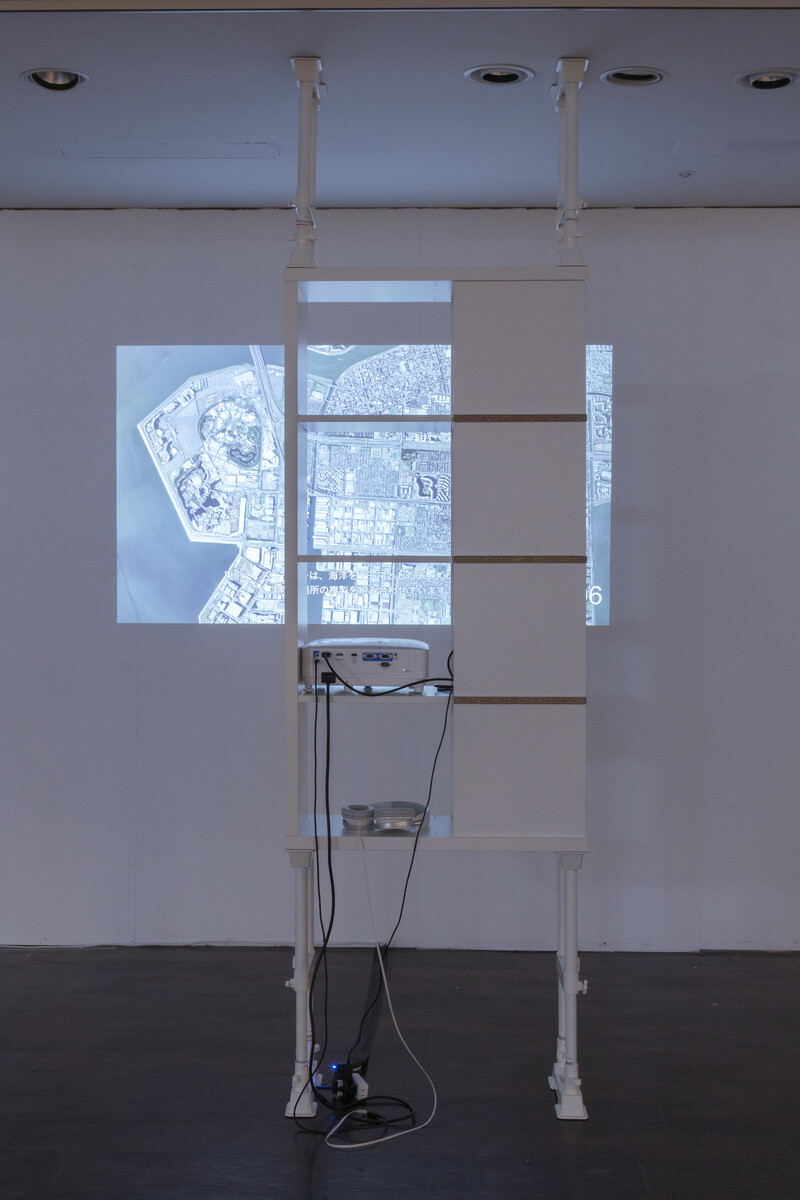
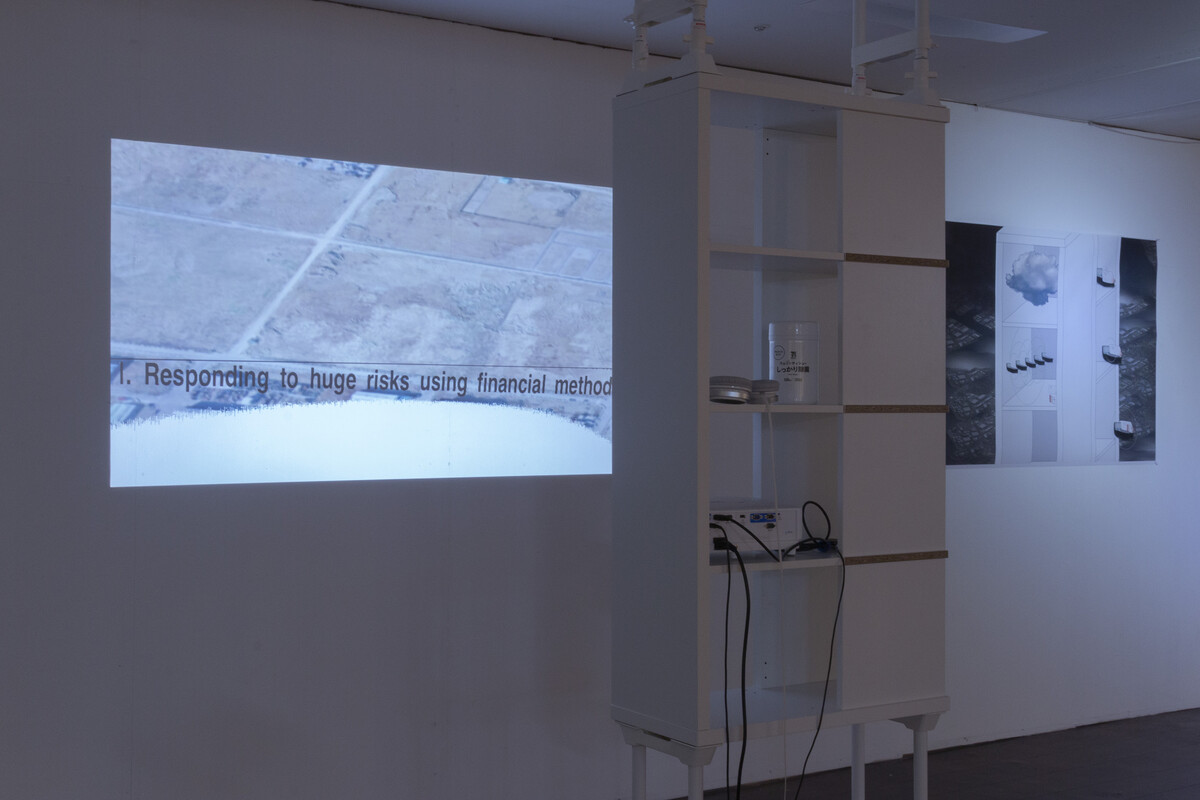
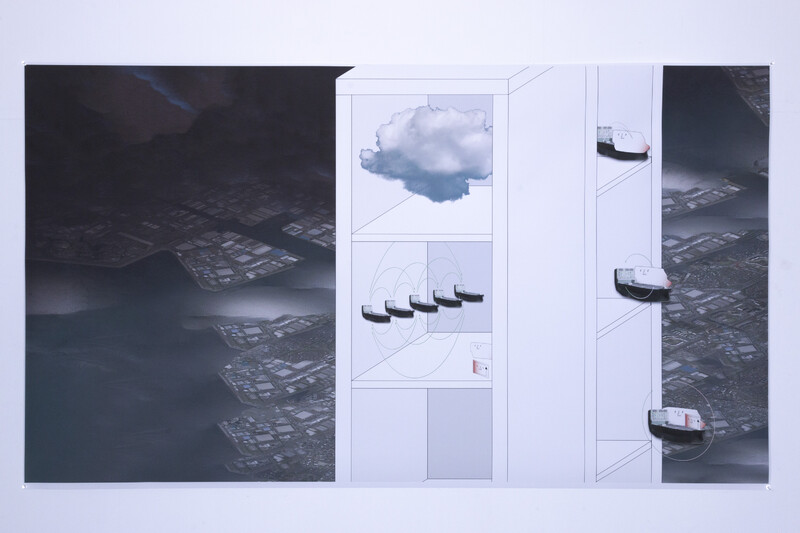
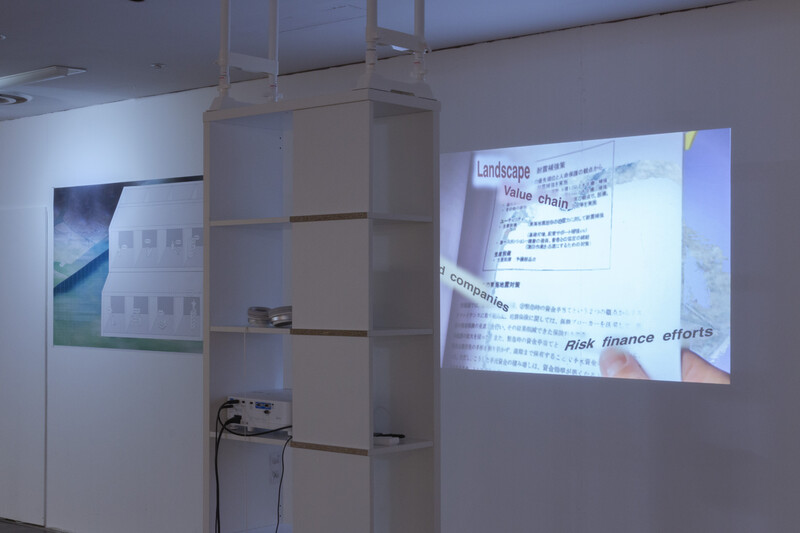
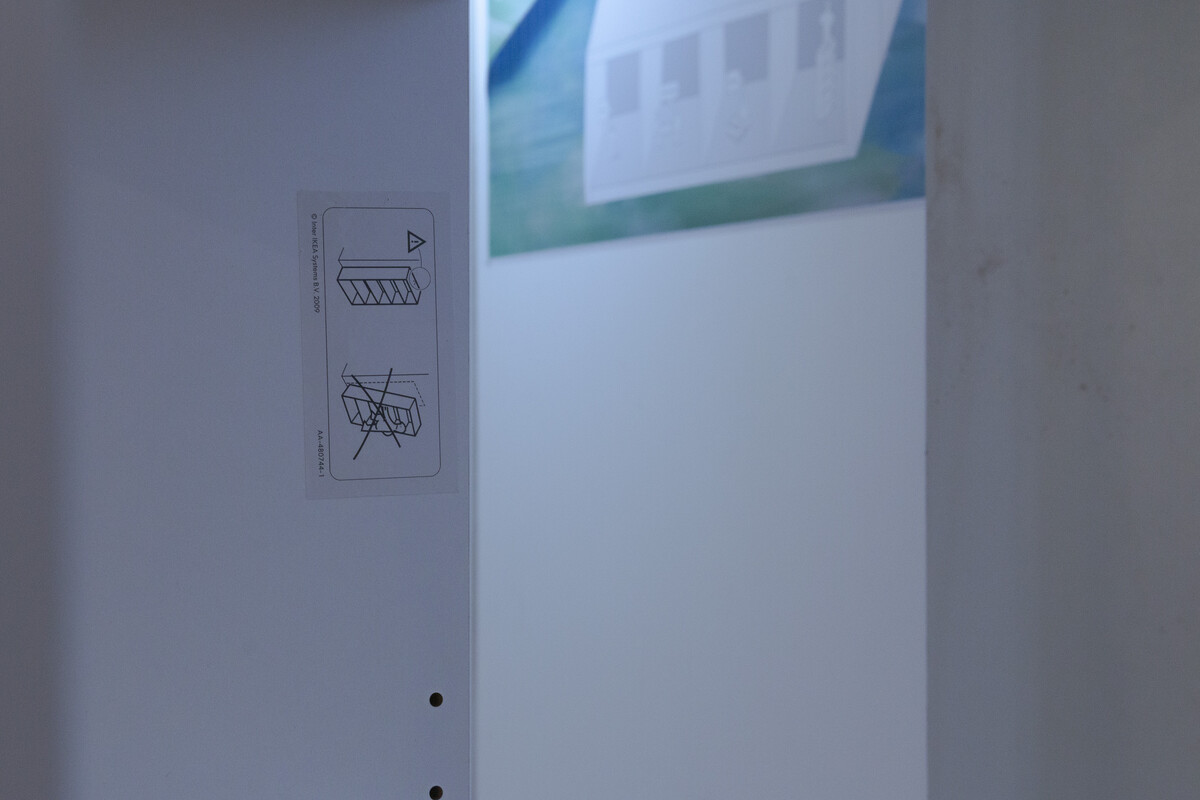
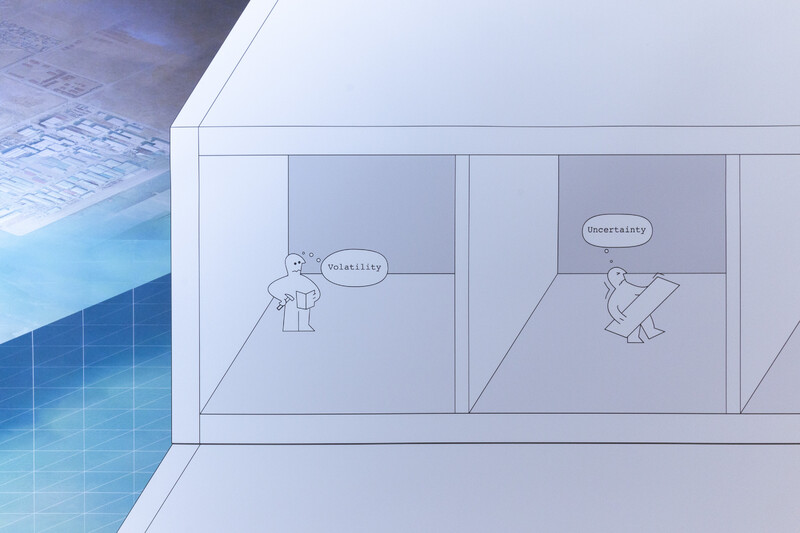
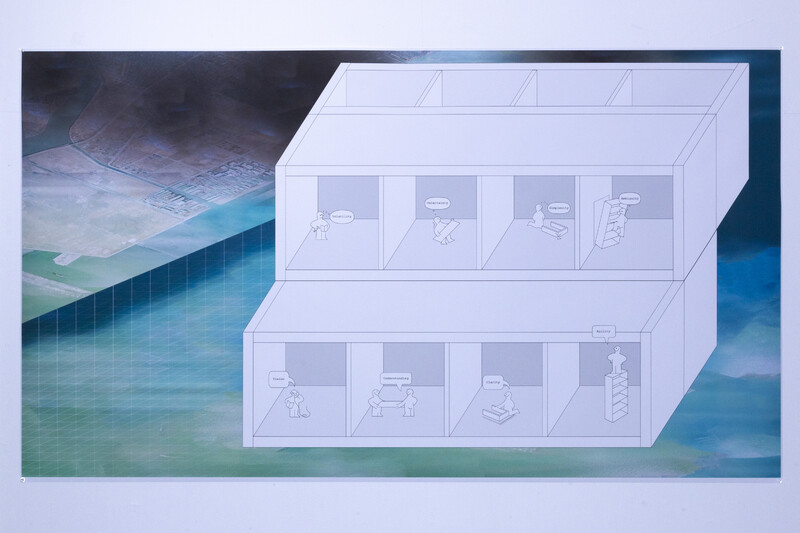
Supported by the Berlin Senate Department for Culture and Europe, the Sendai Cultural Foundation and the Potsdam Graduate School.
